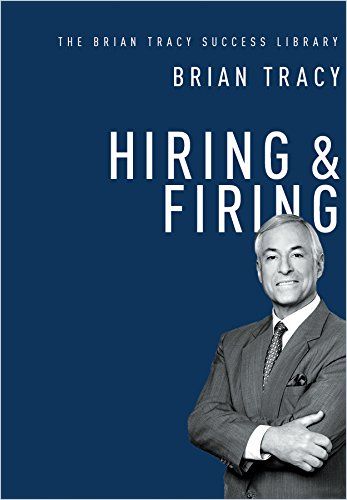“How Do I Hire (and Onboard) People Without Meeting Them in Person?”

When employees work from home, their companies can reduce the cost of renting office space, which is particularly expensive in city centers. Studies show that working from home increases workers’ job satisfaction and well-being – which can translate into higher performance, less turnover and reduced recruiting expenses.
But finding the right people is all the more important, and even the best candidate needs time to get up to speed. Here are some helpful tips.
Quick and Dirty
Here is the elevator pitch: Though more employees than ever – including many recruiters – work remotely, few recruiters have perfected the process of end-to-end online recruiting and hiring. Now is the time to change that.

Here is how you get there fast:
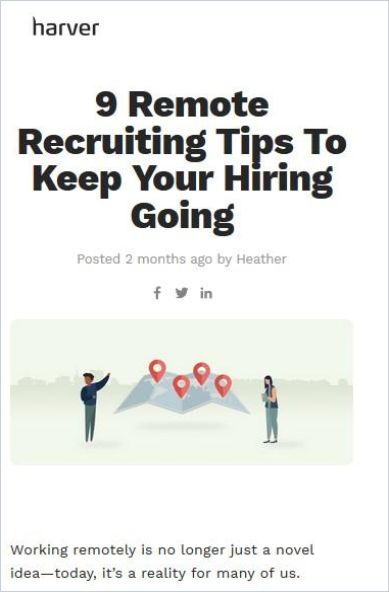
Don’t like that “9 Tips”-clickbait fast food? Welcome to the deep dive:
Remote Hiring
When you hire remote workers, you gain access to a “global pool of talent.” You also gain a leg up in markets worldwide because foreign workers have information about their local cultures that you might not otherwise be able to access.
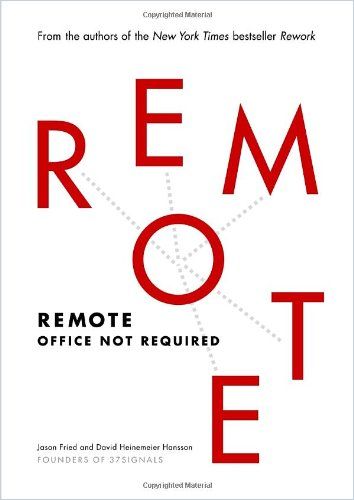
Use the following simple guidelines to choose the best remote workers for your company:
- Don’t ignore “personality” – Even when you’re not working in the same physical space, the human element remains important. Keeping everyone motivated and positive is one of the top challenges of supervising distributed workers. One malcontent can spread bad vibes at the speed of email. Fill your team with upbeat people and monitor communications for potential drama or contention.
- Avoid gimmicks – Don’t fall for the fad of having candidates solve puzzles or logic problems. Judge their aptitude by looking at examples of their past work. You can offer a paid test project. For positions such as customer service, for which a portfolio reveals little, set a realistic test problem drawn from customers’ questions.
- Find good writers – Remote workers must have good writing skills. Most communication takes place via email, chat or discussion boards.
- If possible, try to meet candidates face-to-face without direct job interview context – Before making a final hiring decision, set up an in-person meeting with the candidate. A casual lunch with the firm’s other team members offers insights into the candidate’s character and how well she or he fits your company culture.
To fill virtual jobs, recruit technologically savvy applicants who communicate well and perform with a minimum of direction. When defining a virtual job to applicants, focus on priority goals over functional duties. Advertise your remote job openings on virtual forums and job sites. Check LinkedIn or Craigslist for candidates with successful prior virtual experience.
When You Hire Virtual Employees…
…seek individuals who are:
- “Self-starters” – People who finish what they begin and assume responsibility.
- “Self-motivated” – Energetic employees who supply their own interior drive because they like to learn and want to improve their skills.
- “Self-disciplined” – Organized staffers who manage their time and meet goals.
- “Self-sufficient” – Independent workers with sound communication skills and emotional stability who do not need pats on the back just for doing their jobs.
More valuable advice:
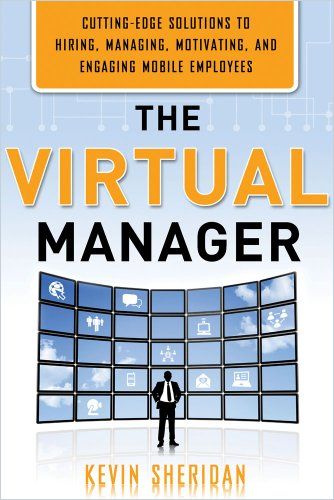
External Employment Agencies
Wanna get rid of the whole question? Well, external employment agencies can turbocharge your recruitment efforts. Here is everything you need to know to avoid wasting talent and money:
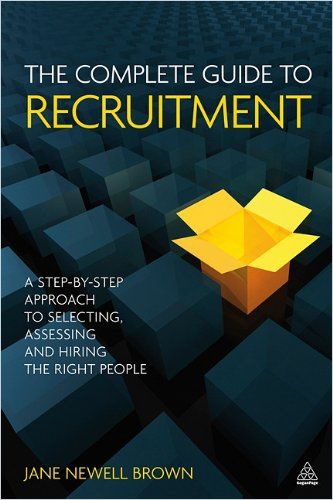
Or: Get a Virtual Assistant!
Going virtual means finding, selecting, training and managing foreign, long-distance workers. This process can be challenging. Chris Ducker, known as the “Virtual CEO,” explains how to recruit and work with so-called virtual assistants (VAs) overseas. His knowledgeable manual, Virtual Freedom, offers useful guidelines, handy checklists and an extensive resources section for all kinds of remote hiring and training.
Here are some take-aways:
- For “virtual staffing,” think “in terms of roles rather than tasks.” If you stick to a task or project mentality, you’ll have to hire new people all the time.
- Think of the roles your remote employees and VAs can play, hire the best people and give them projects that they’re qualified to perform.
- Define precise objectives for every task.
- Provide examples that show exactly what you want done.
- Establish benchmarks.
- Once your VAs know what to do, go back to your work and let them do theirs.
- Keep providing gentle, encouraging supervision.
- Project management software can help; take a look at these sites: Basecamp, Asana, Hive Desk and Teamwork.
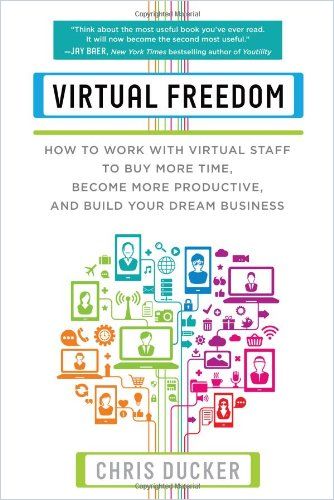
Expect the skills of your remote employees to develop over time. Your virtual team members – for example, graphic designer, content writer, SEO specialist, web developer, and so on – need to interact. A worthy general virtual assistant (GVA) can coordinate individual VAs’ efforts and serve as a project manager. In time, you can promote your GVA to virtual project manager (VPM) or hire an expert VPM.
Set goals for your VAs, including deadlines. Establish “loyalty benchmarks” and provide appropriate bonuses. Host periodic virtual team meetings through GoToMeeting, Skype or Google Hangouts. Establish localized social networks for your VAs using Yammer or Ning, among other websites.
General Hiring Advice Applies Here, Too
Just because something takes place virtually does not mean that the clues of the analog world (except for direct personal contact) are invalid. About 80-90% of the references to the hiring process are also correct and important for the virtual hiring of employees. Some examples:
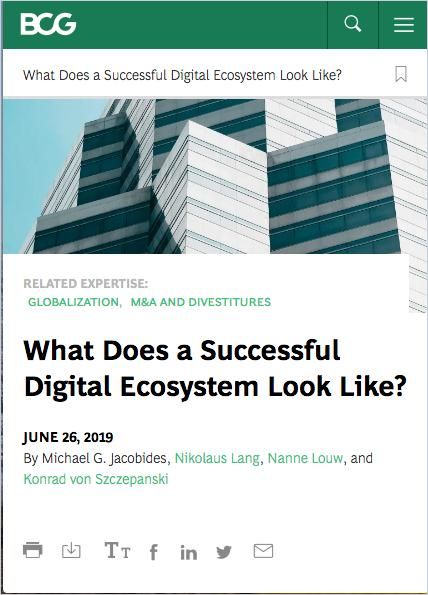
What Does a Successful Digital Ecosystem Look Like?
The Boston Consulting Group Read SummaryOnboarding
The onboarding process, which introduces a new hire into your company, should answer the questions, “What is my job, how do I do it and how does it fit into the bigger business picture?”
Before successful candidates start working for you, have their managers send them welcome letters and phone them to answer any questions they might have. Send the necessary paperwork ahead of time, including benefits information and the employee handbook. Organize a new employee’s virtual workspace, including digital badge, email, network access and communication equipment to be ready on the first day. On day one, the manager should greet the new person, and introduce him or her to the team and other relevant people – remotely, if necessary. Schedule orientation to address any questions about benefits and policies. Follow a new hire’s progress with virtual meetings or surveys after the first, second and third month.
Before you spend money on training, conduct a needs assessment to find out what your organization requires in terms of “knowledge, skills and abilities” (KSAs) to close any gaps in workforce planning. Knowing your needs, next determine the development best suited to the task – for example, training, coaching, mentoring or stretch assignments.
More useful tips:
Suggestion: Build Your Talent Mobility Department
Today’s workers demand mobility across borders and divisions and in how they use their time. Brynne Kennedy, founder of Topia, a business-trend consulting firm, says that any business can become flatter, more fluid and faster with careful planning.
Your company’s transition to an “F3 Company” – flat, fluid and fast – requires a “talent mobility department” and a “Chief Talent Mobility Officer.” Here is how to – wait for it – hire and onboard both, maybe even virtually:


